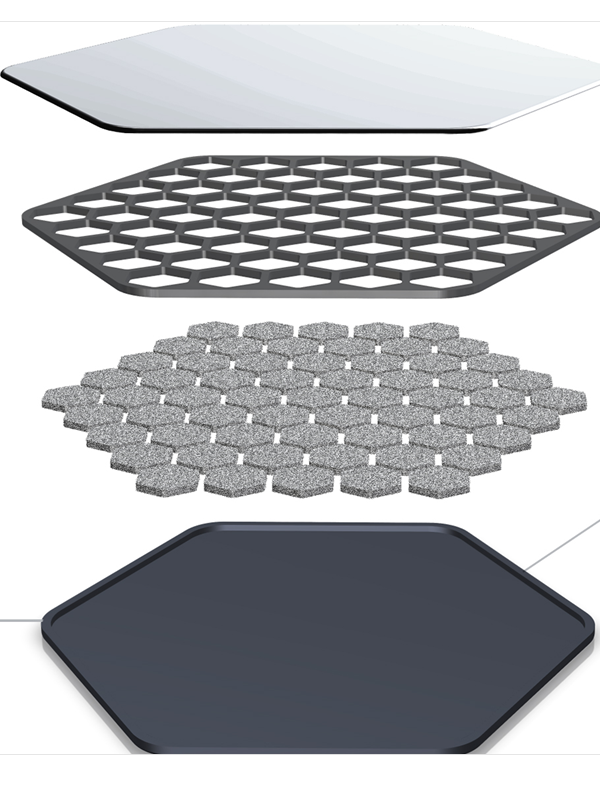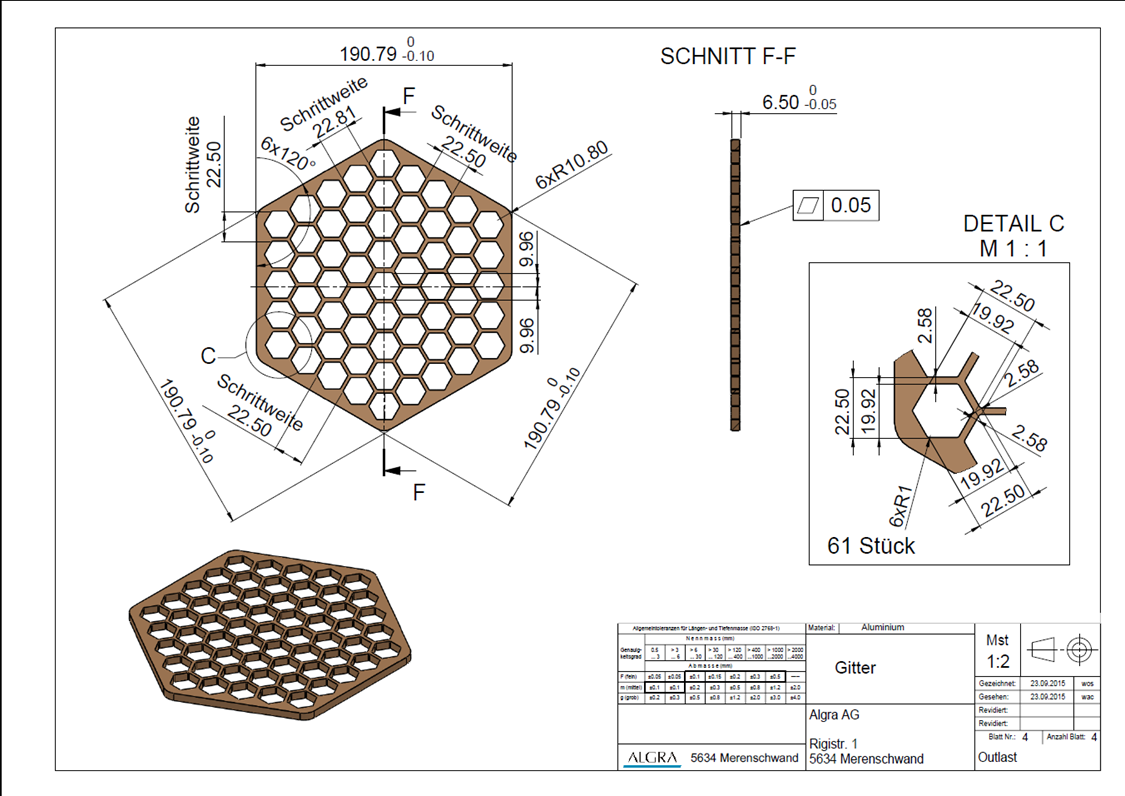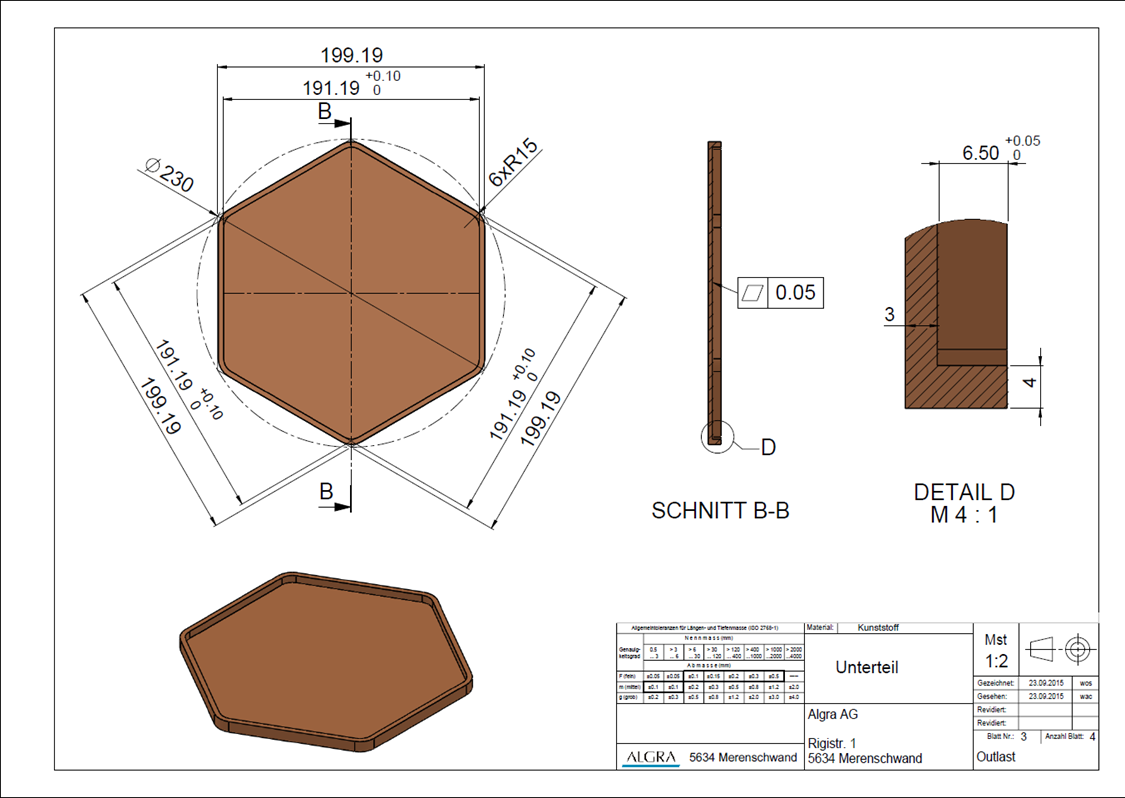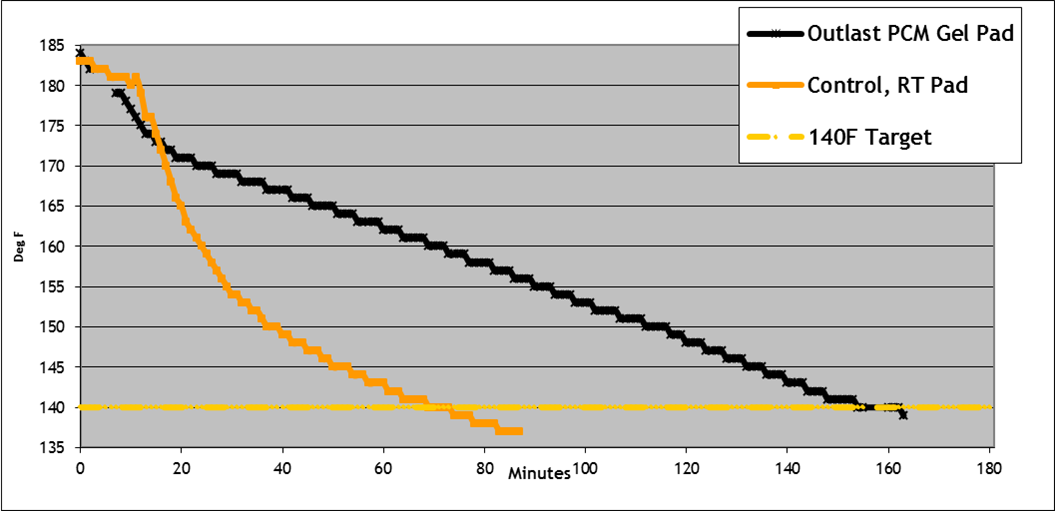 Enjoy A Hot Meal With Family without Reheating Dishes
Enjoy A Hot Meal With Family without Reheating Dishes
No ugly cables or power connections – TheM – Thermal (dining place) Mats
TheM integrates cutting edge certified space technology into a high-end design. TheM Place Mats keep your dishes at the ideal eating temperature for 45 to 60 minutes
TheM requires NO charging, NO wires, No batteries all while being cool to the touch. Very kid friendly
Technology:
The Outlast® Phase Change Materials is a heat managing technology that is safe, non-toxic and renewable. Originally developed for NASA, to help balance temperature fluctuations in space, Outlast is integrated into the gel pad of TheM. This helps TheM Place Mats achieve optimum temperature management.
Specifications:
- Octagon shape
- 8” wide
- Octagon shape make mats buildable into center pieces & for larger dishes
- The upper layer is have high-end finish for good heat transfer
- The finish is very clean and high-end
- Base will be insulated
- Top Class A high finish metallic surface.
- Heat stake mesh to the rear of Class A
- Pour heated PCM into the mesh at 1200C
- Cool to room temperature as shown.
- Over mold the rear to seat the PCB.
- Attach rear cover for better heat insulation.
Objective:
- Maintain a glass casserole dish of food at >150oF for a minimum of 2 hours (120 min).
- Test improved PCM containing pad vs. control pad
Testing Methode:
- A 9×13” 3 qt. Pyrex® glass dish filled with ~1500 grams of thickened water to mimic approximated a ¾ filled dish with very moist food.
- The dish was covered with aluminum foil (which remained on throughout the whole experiment) and heated to 185oF, as shown by the food thermometer in the middle of the dish.
- Once the dish attained 185oF, it was immediately removed and placed onto a hot glove on the bench and let sit for 10 minute. at room temperature. This approximated a standard kitchen procedure, in that the home cook would remove the “casserole” and let sit for a few minutes on either a hot pad or stove top before moving to table.
- Temperature recording was started when pulled from oven and maintained until dish dropped below 140oF.
- Outlast technology is based on the absorption, storage and release of energy. Outlast uses a phase change material (PCM) which is a material that requires large amounts of energy to change phases (solid to liquid and back to solid) in a specific temperature range. While the PCM is changing phases and absorbing or releasing energy, it is preventing temperature change. This stored energy is known as latent heat and can be measured by the DSC
- SolidàLiquid – melting, ice to water, candles to wax puddles. In order to melt, you have to add or absorb energy (endothermic).
- LiquidàSolid – crystallization, water to ice. In order to solidify, freeze, crystallize you have to remove or release energy (exothermic)
- latent heat (lĀt’nt hēt) noun
The quantity of heat absorbed or released by a substance undergoing a change of state, (such as ice changing to water or wax solidifying), at constant temperature and pressure. - When a solid material is heated and reaches its melting point, it goes from solid to liquid. During this process the material absorbs a certain amount of heat. Despite the heat input, the temperature of the material stays at a relatively constant level, even though phase change is taking place. We thus speak of latent (concealed) heat having been taken up by the material.
Certified Test Methods
1.) ASTM E793-01 Standard Test Method for Enthalpies of Fusion and Crystallization by Differential Scanning Calorimetry
2.) ISO 11357-3:1999 Plastics — Differential scanning calorimetry (DSC) — Part 3: Determination of temperature and enthalpy of melting and crystallization
Graph PCM Gel Pad Temperature Results
- Outlast technology is based on the absorption, storage and release of energy. Outlast uses a phase change material (PCM) which is a material that requires large amounts of energy to change phases (solid to liquid and back to solid) in a specific temperature range. While the PCM is changing phases and absorbing or releasing energy, it is preventing temperature change. This stored energy is known as latent heat and can be measured by the DSC.
- SolidàLiquid – melting, ice to water, candles to wax puddles. In order to melt, you have to add or absorb energy (endothermic).
- LiquidàSolid – crystallization, water to ice. In order to solidify, freeze, crystallize you have to remove or release energy (exothermic)
- latent heat (lĀt’nt hēt) noun
The quantity of heat absorbed or released by a substance undergoing a change of state, (such as ice changing to water or wax solidifying), at constant temperature and pressure. - When a solid material is heated and reaches its melting point, it goes from solid to liquid. During this process the material absorbs a certain amount of heat. Despite the heat input, the temperature of the material stays at a relatively constant level, even though phase change is taking place. We thus speak of latent (concealed) heat having been taken up by the material.
Certified Test Methods
1.) ASTM E793-01 Standard Test Method for Enthalpies of Fusion and Crystallization by Differential Scanning Calorimetry
2.) ISO 11357-3:1999 Plastics — Differential scanning calorimetry (DSC) — Part 3: Determination of temperature and enthalpy of melting and crystallization
DSC graph for the Outlast PCM
Top curve is heat increase and melting peak – endothermic or energy accepting. This material has a melt peak of ~71oC . Bottom curve is cooling and crystallization – exothermic or energy releasing. This material has a crystallization peak of ~66oC
The area under the bottom curve is the amount of energy given off during solidification of the sample…..the latent heat. This material has an energy capacity or latent heat of ~203 Joules/gram.
PCM Data for Hotplate Application
- A PCM gel pad was developed that improves the heat retention by 52% above 150oF and provides for ~163 minutes above 140oF.
- The PCM pad is requires no heating and is dishwasher safe.
- The PCM pad maintains flexibility at temperatures where the PCM is solidified.
- The PCM is “green”, sustainable, GRAS and food approved.
- The PCM will be integrated into the pad through manufacturing process.
- The PCM is “green” and can be sourced from natural ingredients.
- The PCM can be sourced from sustainable crops.
- The PCM is safe, nontoxic, food approved and has GRAS FDA status (Generally Recognized As Safe).
- PCM is biodegradable and compostable for safe easy disposal.













Keep working ,fantastic job!